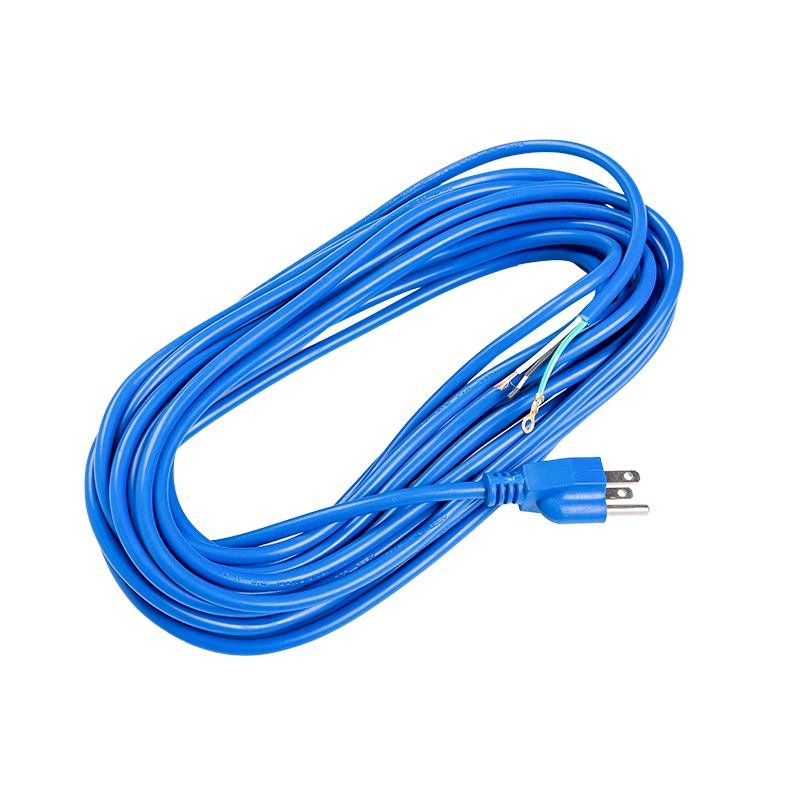When considering electrical safety and reliability in household or commercial settings, the topic of surge protection and overcurrent protection often arises. Many consumers wonder whether the EU standard 3-pin copper core wire plug power connection cable inherently includes these protective features.
What is Surge Protection?
Surge protection is a crucial feature designed to safeguard electrical devices and appliances from sudden voltage spikes or surges in the electrical supply. These spikes can occur due to lightning strikes, power grid fluctuations, or switching on/off of high-power equipment. Surge protectors typically divert excess voltage to the ground, preventing it from reaching connected devices and potentially causing damage.
Overcurrent Protection Explained
Overcurrent protection, on the other hand, is intended to safeguard against excessive current flow in a circuit, which can lead to overheating, damage to equipment, or even fire hazards. This protection is often provided by fuses or circuit breakers that automatically disconnect the circuit when current exceeds safe limits, thereby protecting both the circuit and connected devices.
Does the EU Standard 3-Pin Copper Core Wire Plug Power Connection Cable Provide Surge Protection or Overcurrent Protection?
In general, the EU standard 3-pin copper core wire plug power connection cable itself does not include built-in surge protection or overcurrent protection mechanisms. These protective features are typically not integrated into the cable but rather into the devices or systems it connects to. These cables are designed primarily to facilitate the safe transmission of electrical power from a socket to an appliance or device.

Ensuring Safety and Compatibility
While the cable does not offer surge or overcurrent protection, it is essential to use it with devices that have their own protection mechanisms. For instance, appliances often incorporate internal surge protectors or are connected to external surge protection devices (such as surge protector strips) to mitigate risks associated with electrical surges. Similarly, circuit breakers or fuses within appliances or extension cords serve to protect against overcurrent situations.
Choosing the Right Protection
For environments where surge protection or overcurrent protection is critical, using supplementary devices such as surge protectors with integrated circuit breakers is recommended. These devices provide an additional layer of protection beyond what the cable itself offers, ensuring both the cable and connected equipment remain safe during electrical disturbances.
While the EU standard 3-pin copper core wire plug power connection cable is a fundamental component for electrical connectivity in Europe, it does not include surge protection or overcurrent protection within its design. Users should be aware of this and take appropriate measures to safeguard their equipment by using compatible surge protectors or devices with built-in protection features. Understanding these aspects ensures safe and reliable operation of electrical systems, minimizing risks associated with electrical surges and overcurrent conditions.



 English
English русский
русский















